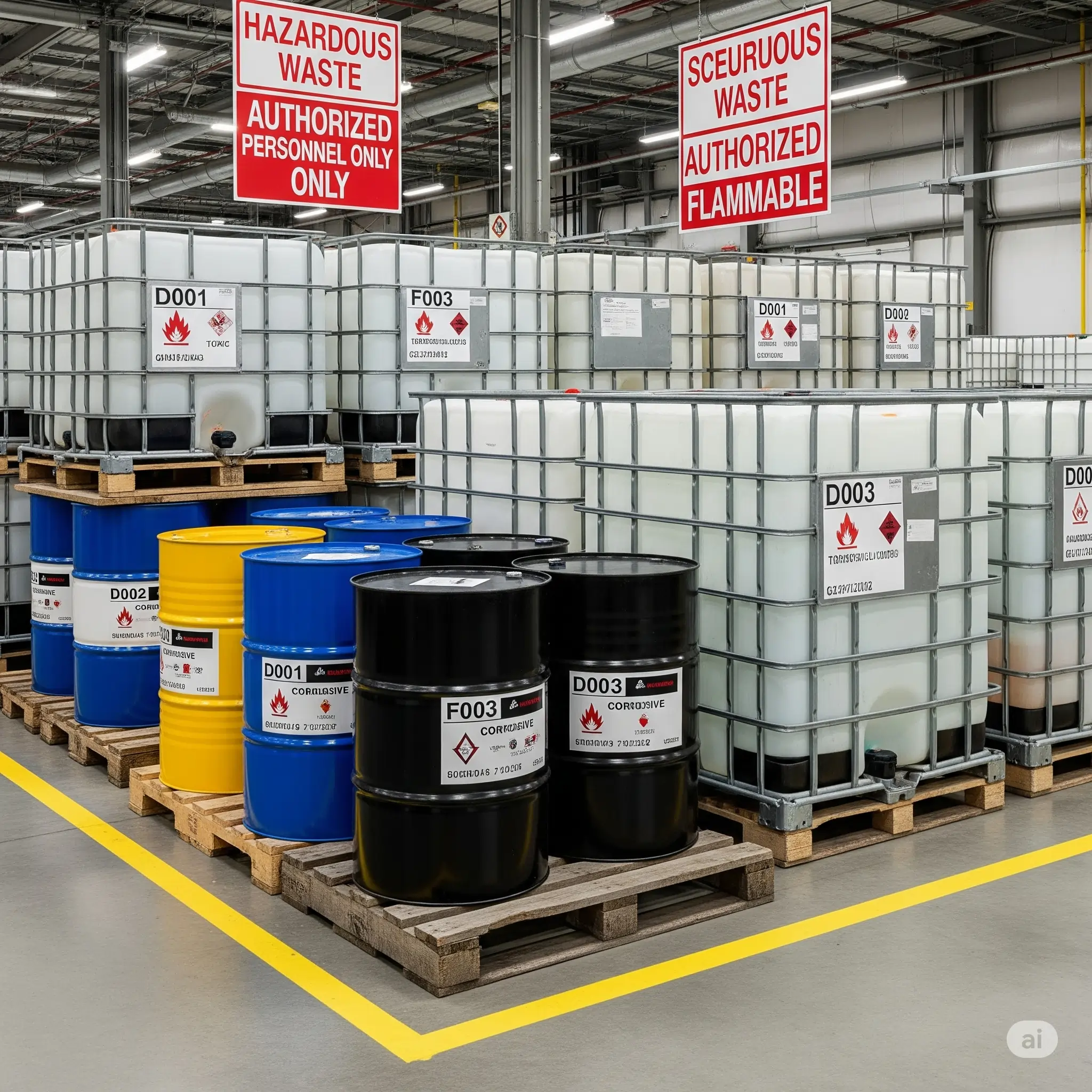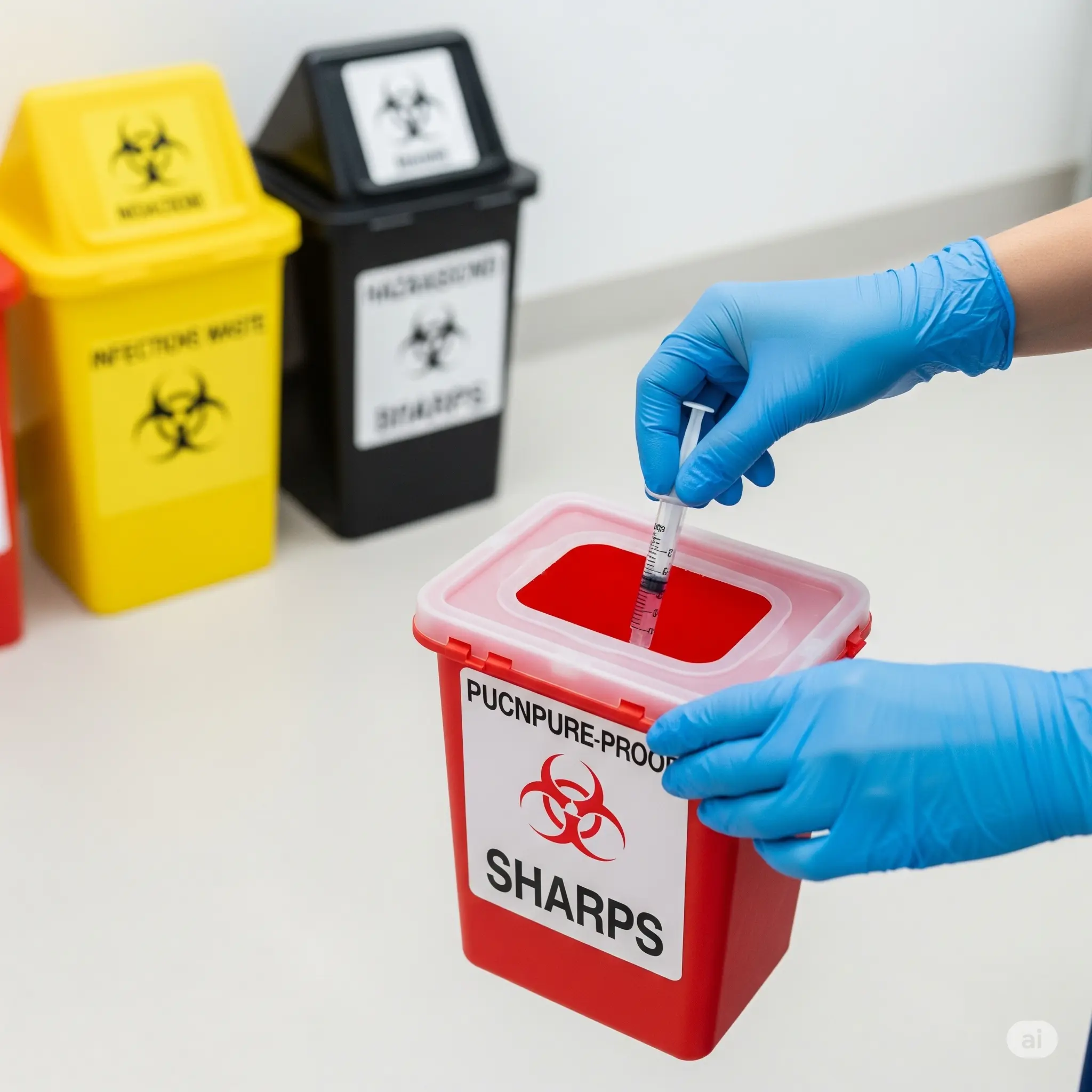Proper disposal of scheduled waste begins long before it leaves your facility. In fact, the way you store hazardous materials on-site is a critical part of your compliance with Department of Environment (DOE) regulations. Adhering to the correct scheduled waste storage requirements is essential for protecting your employees, preventing environmental contamination, and avoiding significant legal penalties.
This comprehensive guide breaks down the key areas you need to focus on.
Key Scheduled Waste Storage Requirements in Detail
1. A Dedicated and Secure Storage Area First, you cannot store scheduled waste just anywhere. You must have a dedicated, secure area specifically for this purpose. This area must:
- Be clearly marked with warning signs.
- Be properly ventilated to prevent the buildup of hazardous fumes.
- Have an impermeable floor (e.g., coated concrete) and a containment system, like a bund wall, that can hold at least 110% of the volume of the largest container. This prevents any spills from spreading.
- Be sheltered from rain and direct sunlight to protect the integrity of the containers.
2. Correct and Durable Containers Moreover, you must store waste in containers that are appropriate for the material they hold. The containers must be:
- Durable: Strong enough to withstand handling and transport without leaking.
- Compatible: Made of a material that does not react with the waste. For example, you should not store corrosive acid in a standard metal drum.
- Securely Sealed: All containers must be kept closed except when adding or removing waste.
3. Proper and Clear Labeling Second, every container of scheduled waste must be clearly and accurately labeled. According to DOE regulations, the label must include:
- The date the waste was first generated.
- The official waste code (e.g., SW 305 for spent lubricating oil).
- The name, address, and phone number of the waste generator (your company).
- A clear warning symbol corresponding to the hazard (e.g., flammable, corrosive).
4. Limited Storage Time Finally, the DOE mandates that you cannot store scheduled waste on-site for more than 180 days from the date of generation. This time limit is strictly enforced. Therefore, you must have a regular collection schedule with a licensed contractor to ensure you never exceed this limit.
Common Storage Mistakes to Avoid
- Mixing Incompatible Wastes: Never store different types of scheduled waste in the same container unless you are certain they are compatible. Mixing can cause dangerous chemical reactions.
- Poor Housekeeping: Allowing the storage area to become cluttered or dirty increases the risk of accidents and spills.
- Inadequate Training: Ensure that all employees who handle scheduled waste are properly trained on the correct storage and safety procedures.
Meeting these scheduled waste storage requirements is not just about following rules. Ultimately, it’s about creating a safe working environment, protecting our environment, and safeguarding your business from liability.




